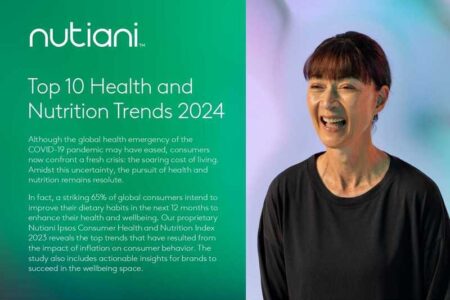Dietary guidance on nutrition
Dietary guidance should consider the cost and enjoyment of food in addition to nutrient content, according to Professor Adam Drewnowski, research leader of innovative approaches for the prevention and treatment of obesity.
His lecture, organised by The Dairy Council, aimed to provide an insight into
alternative nutrient profiling and food labelling methods, specifically the Naturally Nutrient Rich Food Index.
This awards individual foods with a specific score based upon the contribution that 2000kcals-worth of food makes to daily nutrient requirements for 14 key
nutrients. The NNR index finds that foods very high in energy tend to be less nutrient rich, so for example, oils and sweets etc score poorly where fruits, vegetables, meats and dairy score well. The goal was to help consumers select naturally nutrient rich foods and help to make each calorie count. In this way, the more nutrient-dense options could be balanced with less-dense options as part of the everyday diet.
This model differs from other proposed models (such as the Food Standards Agency’s Ofcom model), which focus on negative or unhealthy nutrients first before positive or healthy nutrients. In addition to looking at nutrient content of foods, Professor Drewnowski and colleagues looked at the cost of foods relative to energy and nutrient content and found that nutrient rich foods tend to be more expensive, where energy dense foods tend to be cheaper. Foods such as fish, shellfish, raspberries and mangoes score highly using the FSA model, however, these foods are an unlikely choice for a low income family due to their high cost. In contrast, foods such as cheese and yoghurt (which score poorly on the FSA’s model) are both nutrient rich and are available to those on a strict budget.
In conclusion, Professor Drewnowski suggested that low incomes and the high prevalence of obesity could be linked by cheaper energy dense foods.



